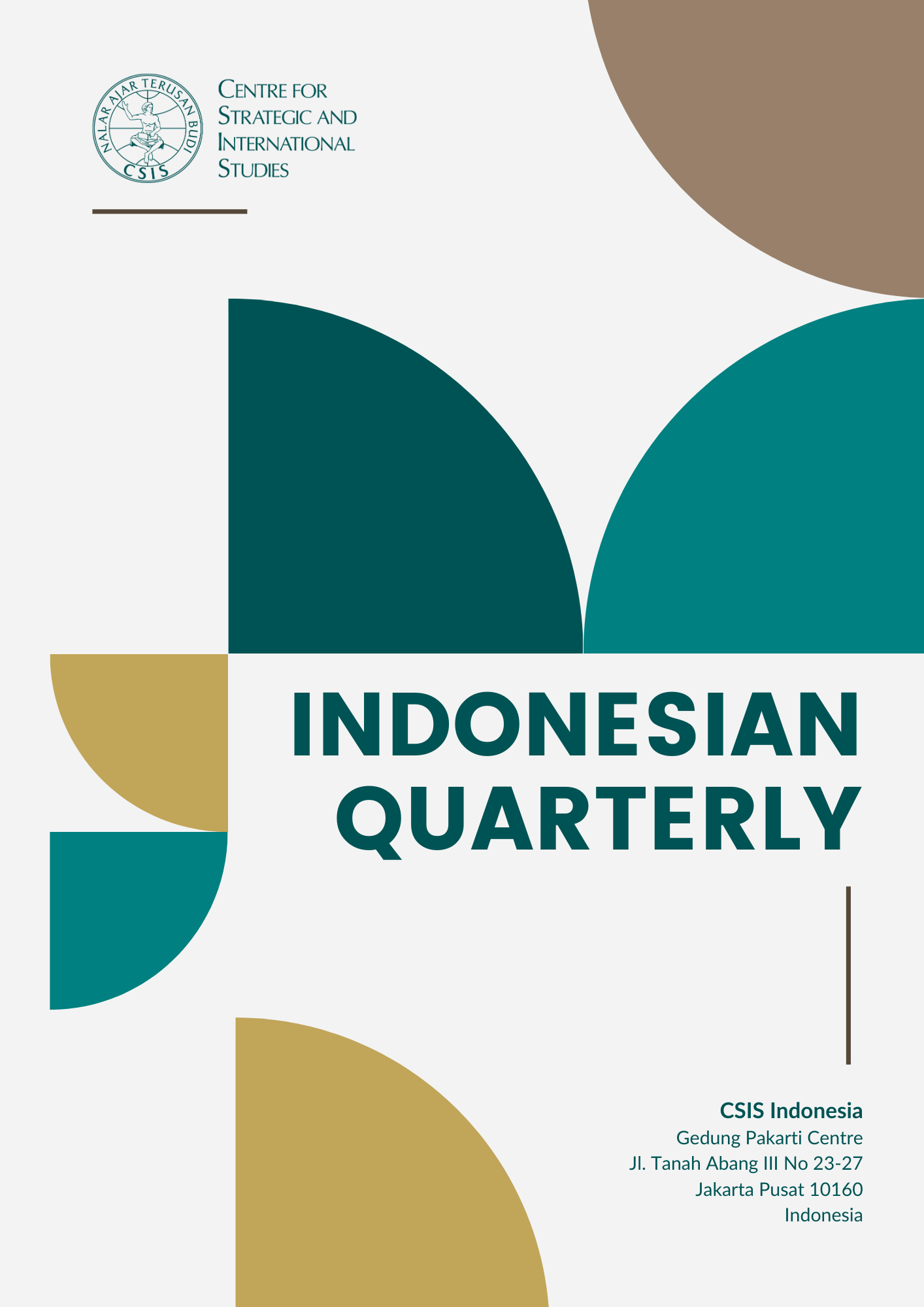Abstract
There is no doubt that Taiwan's economy has been recognized as one of the most developed economies in Asia despite Taiwan's sovereign status. When we talk about Taiwan's economy, we can see how remarkable it changed from 1970 to 1990, marked by Export-Oriented Industrialization (EOI). In line with Lipset's concept of modernization, the transition from traditional to modern society cannot be separated from economic development, social change, and to a certain extent, democratization. The Taiwan Miracle Period was an era of Taiwan's socio-economic changes. Following the theory of economic growth of Solow-Swan & Harrod-Dommar, by calculating exogenous factors and endogenous factors, economic growth will be achieved by strategic management in monetary policy, capital flows, and foreign investment accompanied by technological developments. One of the most prominent financial strategies the Taiwanese government uses is the EOI trade policy, which has absorbed excess labor and gradually, with technological developments, shifted from labor- intensive to capital-intensive production while increasing labor productivity and comparative advantage. This paper employs a qualitative approach using the Solow-Swan & Harrod-Dommar economic growth theory by analyzing the factors that support economic growth through EOI policies. This paper concludes that Taiwan's economic recovery stems from the strategic management of monetary policy, which accumulates foreign exchange reserves coupled with political developments in Cross-Strait Relations.
